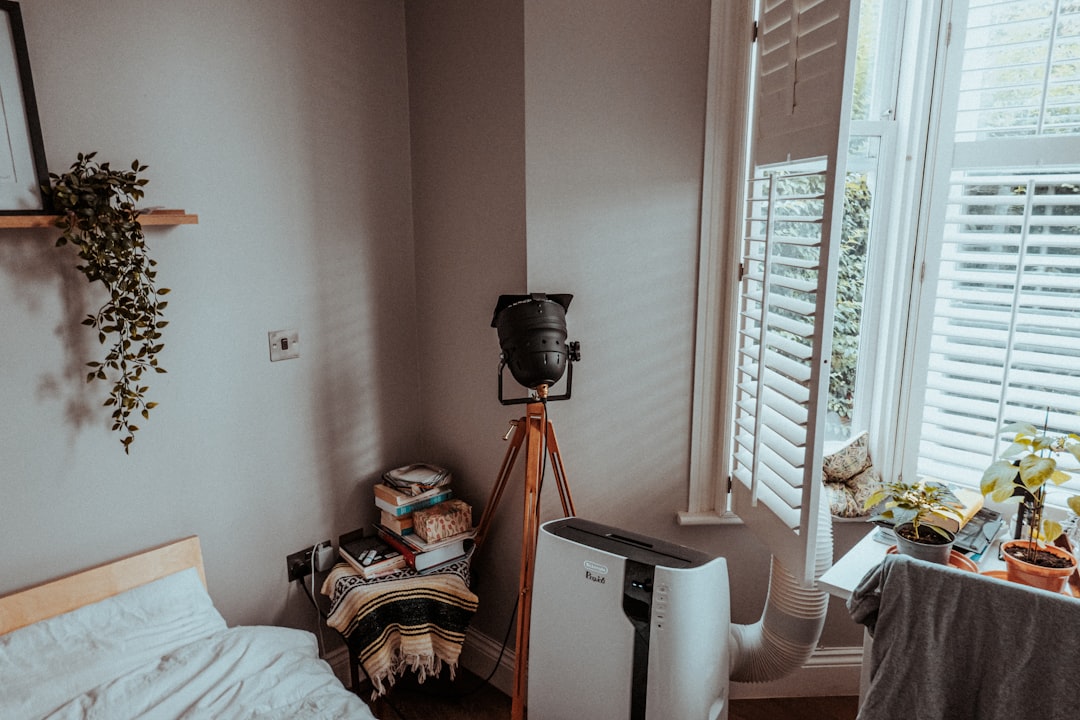There are many potential causes of temperature imbalances in the home. Inefficient heating or cooling systems are often the roots of the problem, but poor insulation, window placement, and even the use of certain appliances can also lead to uncomfortable temperatures in different parts of the house. Below, we’ll explore five of the most common causes of temperature imbalances in the home.
Inefficient Heating or Cooling Systems

Improper ventilation can cause a room to be too hot or too cold, while incorrect HVAC settings can cause one part of the house to be much hotter or colder than the rest. Blocked vents can also lead to temperature imbalances since they can prevent air from circulating properly.
Another common cause of temperature imbalances in the use of outdated or faulty heating and cooling systems. Old, outdated, or malfunctioning heating or cooling systems can lead to serious temperature imbalances in the home. If your system is more than 10 years old, it may not be operating as efficiently as it should, which can result in uncomfortable temperatures in certain parts of the house. If your heating or cooling system is not cooling or heating the house properly, then it will not be able to properly regulate the temperature in your home, and you may need to have it serviced or replaced by a company in your area. To find the right contractor for you, you can Google “HVAC in Fresno” or your city.
Heat Loss and Drafts From Windows and Doors

Drafts from windows and doors are often a primary culprit. Leaky windows and doors allow air to escape, which can cause the temperature in the home to fluctuate. This can lead to both discomfort and increased energy costs, and this can be due to a variety of factors, such as poor insulation, lack of weatherstripping, and old or leaky doorframes that allow warm and cold air to flow in and out at inopportune times. Replacing old, drafty doors and using a reputable service like window replacement in Grand Rapids, MI to swap yours with newer, energy-efficient windows can help to improve the temperature balance in the home.
Window placement can create issues as well. Windows that face the sun can cause serious temperature imbalances in the home. In the summer, the sun will heat up the inside of the house, while in the winter the cold air will seep in through the windows. If you are experiencing temperature imbalances in your home, you may need to adjust the placement of your windows. Another window-based cause is sunlight. If your home is sunny, you may find that it is too hot in some areas and too cool in others. This can be due to a variety of factors, such as large windows and skylights, south-facing windows, and direct sunlight.
Sealing up the leaks and seeking the proper window treatments can help to keep the temperature more consistent.
Poor Insulation
One of the most common causes is poor or inadequate insulation. In the winter, insulation helps to keep the warm air inside the home, and in the summer, it helps to keep the cool air inside. If your home is not properly insulated, then the cold air will escape through the roof and walls in the winter and the hot air will escape through the roof and walls in the summer. This can cause your home to be either too cold or too hot, depending on the season, which can be very uncomfortable. Improving the insulation in the home can help to reduce the amount of heat or cool air that escapes. If your home is not properly insulated, you may need to have it insulated in order to achieve a more comfortable temperature.
Thermostat Settings
One of the most common causes of temperature imbalances in the home is incorrect thermostat settings. If the thermostat is not set correctly, it can lead to uncomfortable temperatures in certain parts of the home.
Weather Conditions
Weather conditions can play a large role in the temperature of a home. In the winter, cold air can seep in through cracks in the walls and windows, causing the temperature inside to drop. In the summer, the sun can cause the temperature inside the home to rise quickly.
Overall, by addressing the root causes of these issues, homeowners can create a more balanced and energy-efficient home that is comfortable all year round.

